Celebrating the Amazing Bee
As we come towards the end of our Bee Week it's time to celebrate this amazing creature without which our world would be a very different place.
Bees pollinate 70 of the around 100 crop species that feed 90% of the world. Honey bees are responsible for $30 billion a year in crops. That’s only the start. We may lose all the plants that bees pollinate, all of the animals that eat those plants and so on up the food chain. Which means a world without bees could struggle to sustain the global human population of 7 billion. Our supermarkets would have half the amount of fruit and vegetables. (bbc.com).
But how do we feel about bees? I certainly love to see them in the garden but I prefer to keep a healthy distance. Unless our occupation is as an apiarist I am sure we all keep a healthy distance. Therefore we really don't know what they look like - up close!
Thanks to the United States Geological Survey we can see exactly what a bee looks like up close. The macro photos, were captured as part of the USGS Native Bee Inventory and Monitoring Program. (mymodernmet.com)
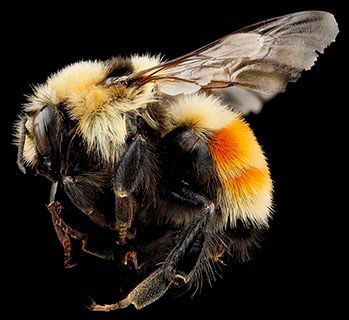
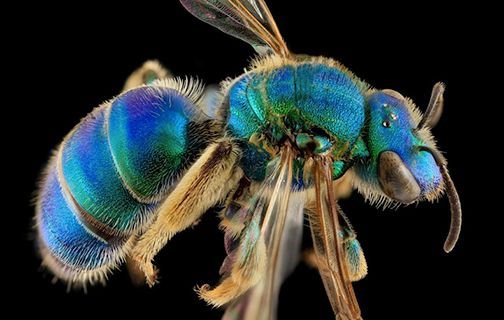
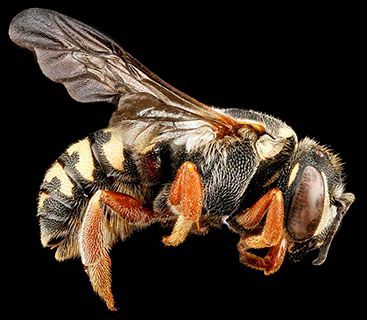
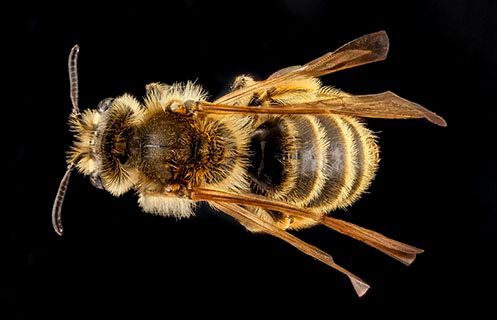
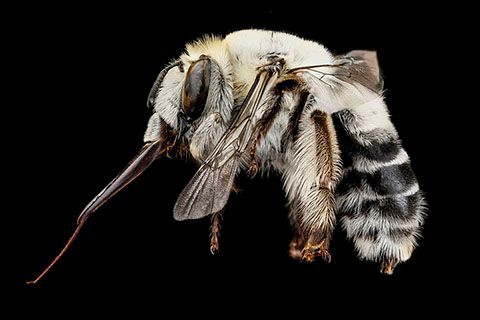
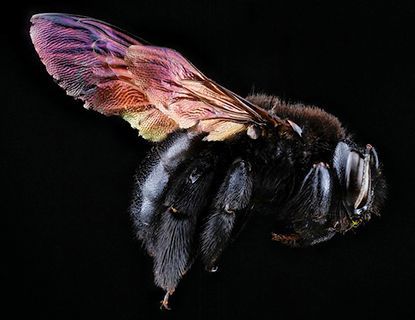
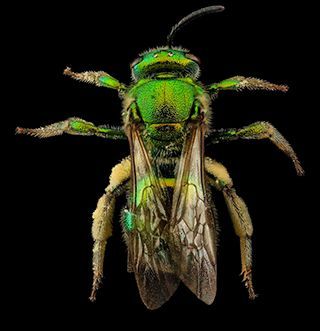
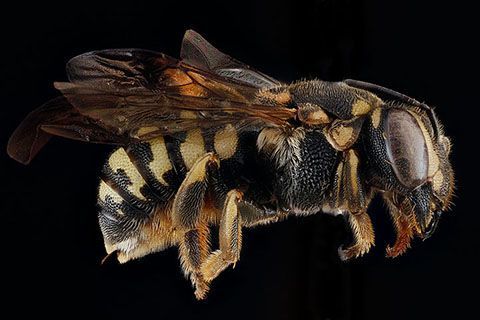
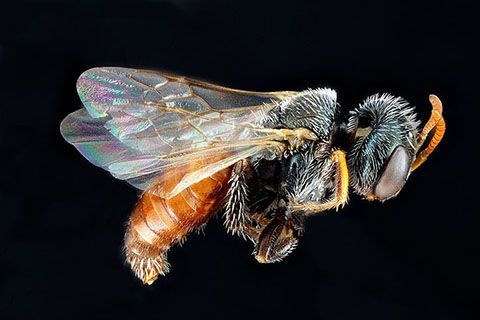
Whilst the side views of these little miracles are quite beautiful, face on the bee is quite terrifying and looks like it might have come from another planet.
But what is amazing is the variety of appearances amongst the bee population.
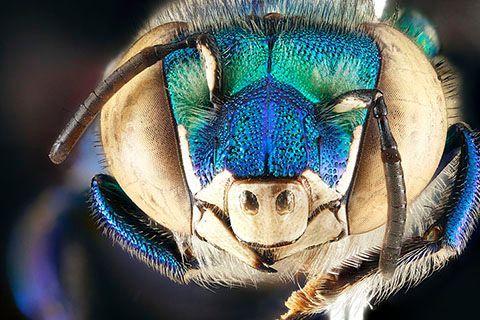
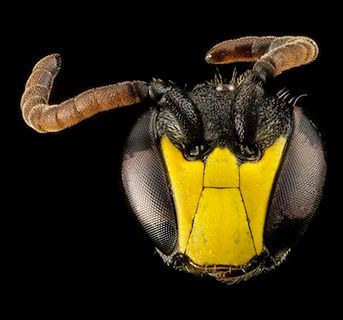
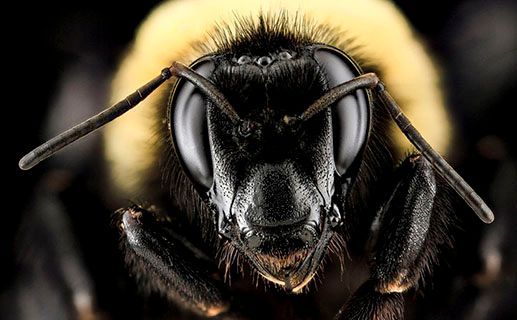
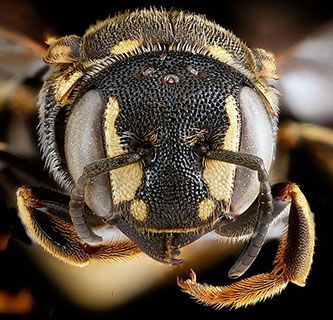
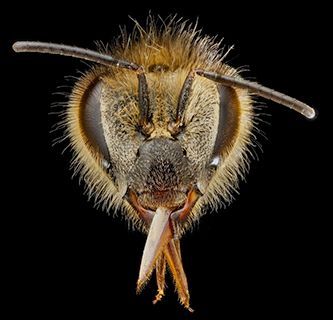
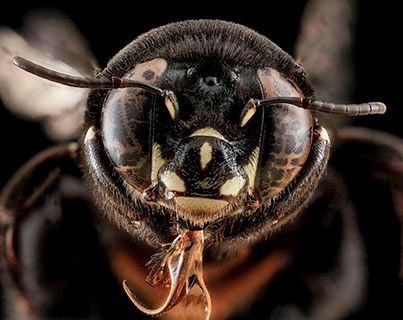
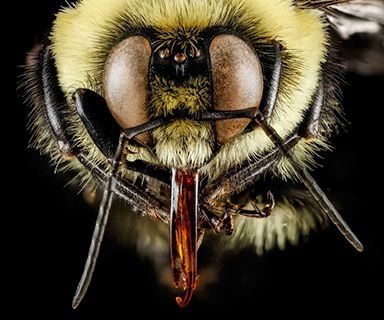
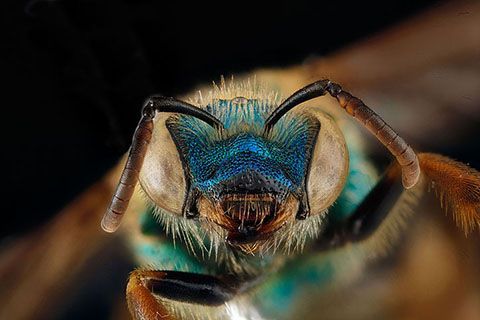
Bees might look amazing but what is even more incredible is their intelligence. Associate Professor Andrew Barron of Macquarie University proves:
Bees can learn the difference between different styles of art in one afternoon.
We’ve known for a while that honey bees are smart cookies. They have excellent navigation skills, they communicate symbolically through dance, and they’re the only insects that have been shown to learn abstract concepts.
Honey bees might also add the title of art connoisseur to their box of tricks. In part one of The Great Australian Bee Challenge, we see honey bees learning to tell the difference between European and Australian Indigenous art in just one afternoon.
Does this mean honey bees are more cultured than we are?
Perhaps not, but the experiment certainly shows just how quickly honey bees can learn to process very complex information. (qz.com)
Read the story about how Bees can learn the difference between different styles of art in a single afternoon.
Today we will conclude with something even more incredible - it's called the Bee Waggle Dance.
Bees in a colony work with each other to gather food. They try to find the most pollen and nectar in the least amount of time possible. Some flowers have more pollen and nectar than others. When a good flower patch is found, bees recruit other bees from their colony to the patch. But how do they tell those bees where to find the best flowers? Bees communicate flower location using special dances inside the hive. One bee dances, while other bees watch to learn the directions to a specific flower patch. The dancing bee smells like the flower patch, and also gives the watching bees a taste of the nectar she gathered. Smell and taste helps other bees find the correct flower patch. Bees use two different kinds of dances to communicate information: the waggle dance and the circle dance. Read more about the two different dances below. (askabiologist.asu.edu)
Now please watch this video from the Smithsonian Channel which has David Attenborough describing a Bee's Waggle Dance.
Follow this link to read an excellent description of the Waggle Dance and the Round Dance. This site also includes a game you can play as a bee looking for flowers and then telling your fellow workers all about your find.

